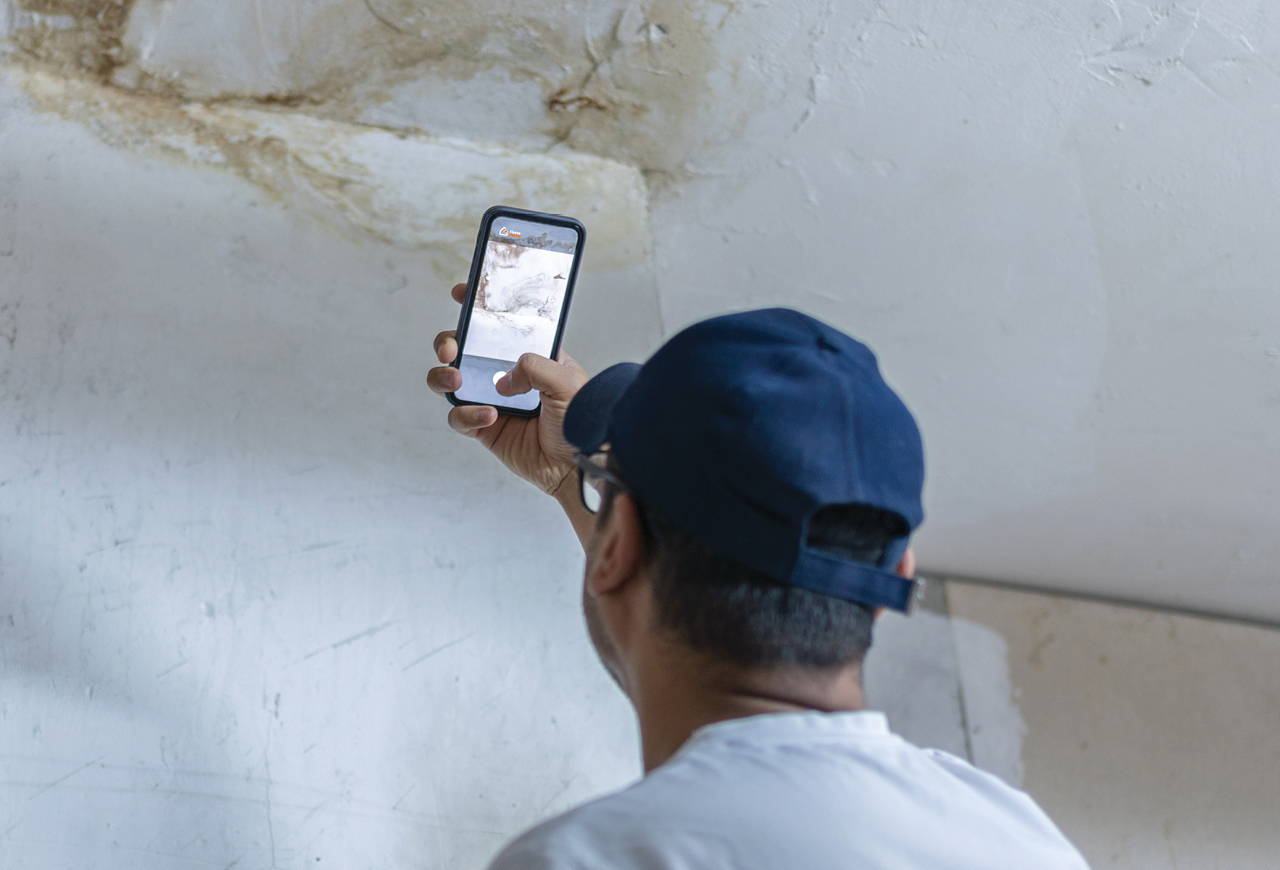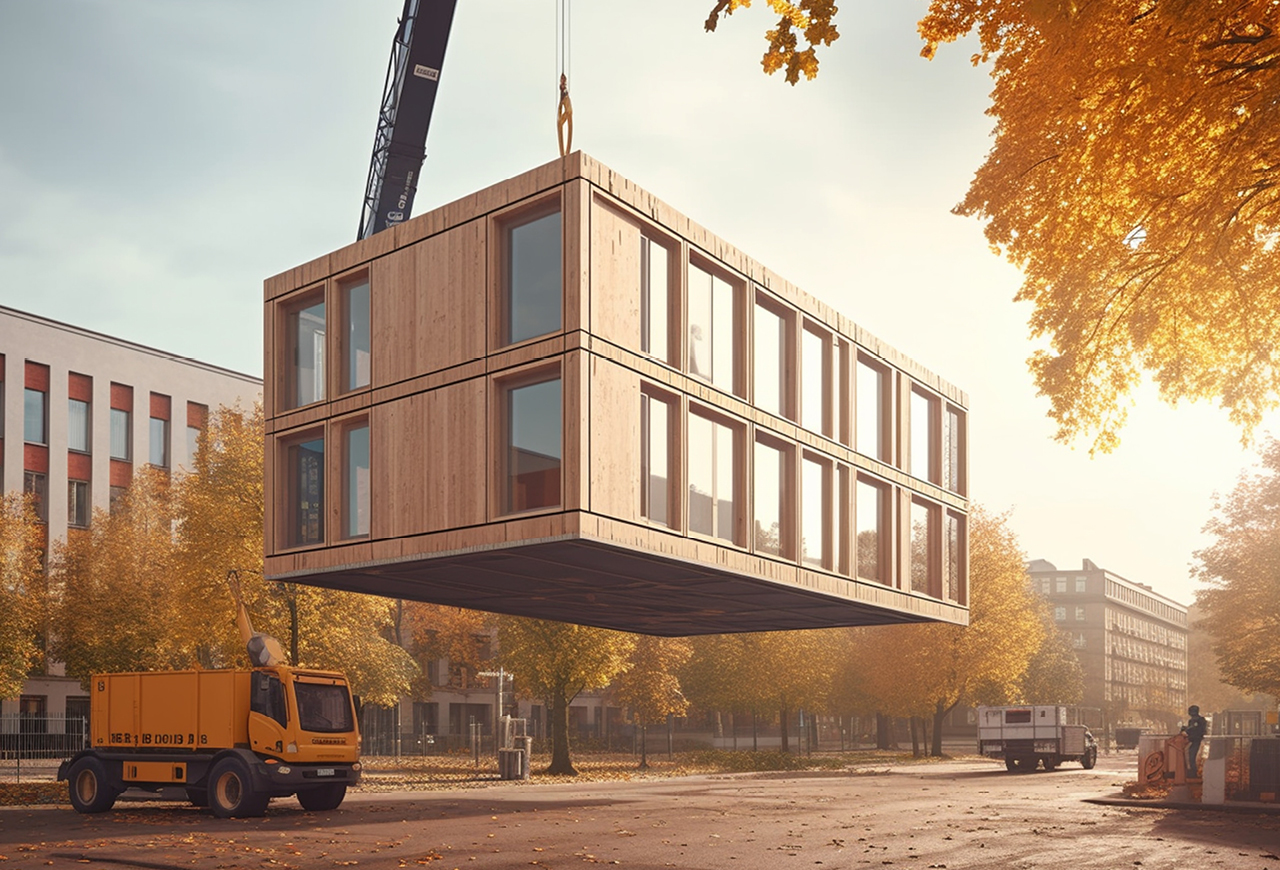This two-part construction innovation series explores the productivity and environmental problems facing the industry, and how innovation is creating opportunities to solve major challenges in construction. In part two, we examine contemporary innovations that address the top challenges across the industry today.
In our last post, we looked at the $10 trillion powerhouse construction industry. We explored massive productivity and environmental challenges facing the sector, calling for innovative solutions.
Modular construction, panelized construction, and 3D printing construction have emerged as three new construction practices to solve these challenges. In this post, we’ll discuss each method and how its innovative approach is influencing construction for the better.
Modular Construction
With a growth rate of 5.8% and an expected market value of $108.8 billion in 2025, modular construction is expected to be a major construction practice in the next few years. Modular construction is a form of prefabricated construction, based on building sections of a project off-site, usually in plant/factory conditions using the same materials and design specifications. As these sections are completed, they are installed and put together on-site, not unlike assembly-line productions, which are a staple of manufacturing today.
The growth of modular construction comes with good reasons; if planned properly, modular construction can reduce costs and time by 25% and 25-50%, respectively. Requiring fewer workers, the modular construction footprint is significantly lower compared to alternatives, resulting in an 80% reduction in construction activity. Best of all, modular construction enables recycling on a greater scale, requiring far fewer resources and energy during production – all leading to less waste. In the UK, emissions are reduced by half compared to traditional construction while an Albertan study found emission savings of 43%.
Panelized Construction
Like modular construction, panelized construction utilizes the same off-site, factory-built practices to build sections of a project. However, instead of creating entire portions of a building, only the exterior shell (walls, floor, roofs, etc.) are assembled off-site, then installed on-site to make the foundation of the building during final construction when interior fixtures are installed. While similar in practice, the main advantage of panelized construction over modular construction is the ease of transportation. This leads to more flexible/larger designs that can be placed in less accessible or more dense regions.
With an expected market size of $237.3 billion with a growth rate of 4.5% by 2025, panelized construction is a well-established segment of construction that has had explosive growth and adoption rates. Much like modular, panelized construction provides considerable benefits in cost, time, waste, and overall efficiency. A study found that compared with on-site buildings, panelized houses had a 75% reduction in man-hours to frame, 25% reduction in the amount of lumber, and 75% reduction in scrap generated. Compared with modular, transportation costs, equipment and machinery costs and insulation technology costs were seen as the major benefits in the adoption of panelized construction over modular.
Newer panelized construction innovation, like Canadian company Nexii, have improved their quality and processes to become more weather resistant, lower risk, require less maintenance, and durable all while taking 75% less time to build and reducing project carbon emissions by 30%. In addition, there are companies like R-Hauz which have incorporated panelized construction, while solving the ‘Missing Middle’ problem (lack of lower and middle density housing) in major cities like Toronto.
3D Printing Construction
Derived from the 3D printing segment, 3D printing construction is among the newest and most novel innovations in construction and one that is still in its early stages. This method effectively enables the creation of a building using a large on-site 3D printer or uses smaller 3D printers to create assembled components that would be transferred on-site. Using software, and much like a normal 3D printer, the printer can “print” the dimensions of what is being built often by layering cement or other building material that cools or dries to form the structure.
With continuous advancements, the worldwide industry market for 3D printing construction will grow from $3 million in 2019 to $1.58 billion in 2024 with industry players earning revenues of $1.5 billion by 2027 with the expected normalization of the concept and technological enhancements.
The adoption of this method has immense advantages over traditional construction. Labour costs and construction time is reduced by 50-80% and 50-70% respectively, while material costs can be reduced by 65%. It is believed that this method could provide as much as 10x less waste than traditional construction given that it “prints” only what is necessary.
As an AI and machine, 3D printing construction creates the ability to run for effectively 24hrs a day and seamlessly build unique, unusual, complex designs without the need for formwork or training. The upfront costs of owning and maintaining such a printer, highly skilled labour needed to operate the machine, and current technological and scalability limitations present themselves as drawbacks to this innovation at present.
Currently, ApisCor and MightyBuildings of the US and Winsun of China are presenting themselves as industry leaders in this segment, focusing on residential and commercial real estate. However, a Texas-based company known as ICON has focused on industrial/military adaption of the technology and is partnered with NASA to use the technology to build potential moon bases in the future.
The Future of Construction
With the rise of new issues facing constructors comes a greater push for systematic change in the industry to meet contemporary challenges. Rising costs, delays, waste, building complexity, and most pertinently, climate change are sparking overdue innovation. As digitization, automation, and AI propel the real estate industry forward, it is exciting to see sectors like construction become reinvigorated and move away from 100-year-old practices.
Which of these three construction innovations do you think will create the best productivity and environmental impacts? Tell us in our poll!




